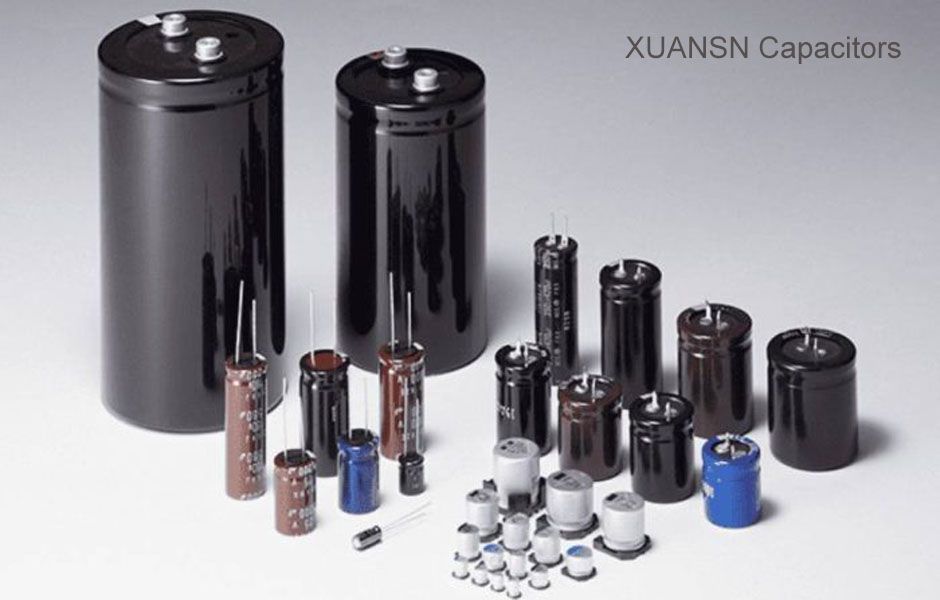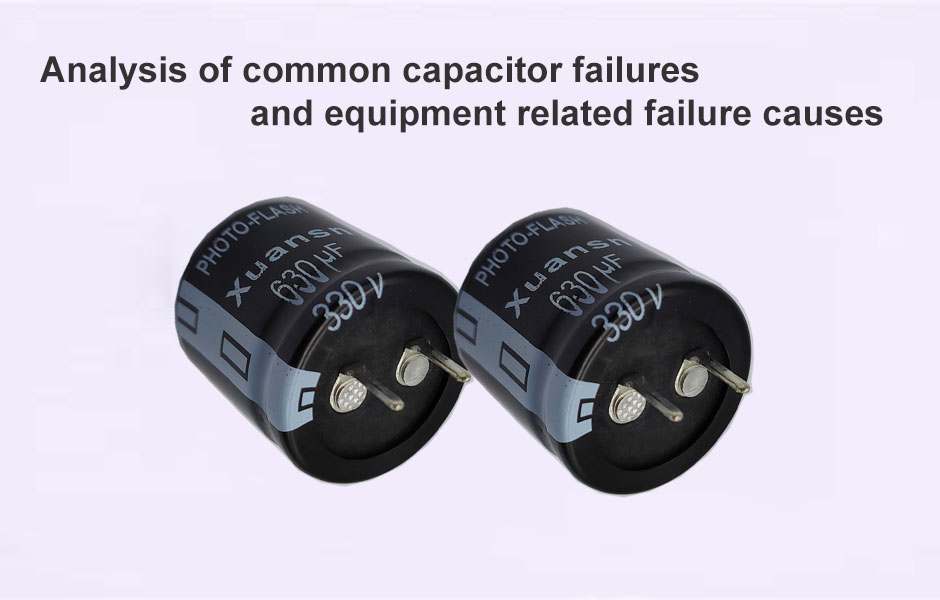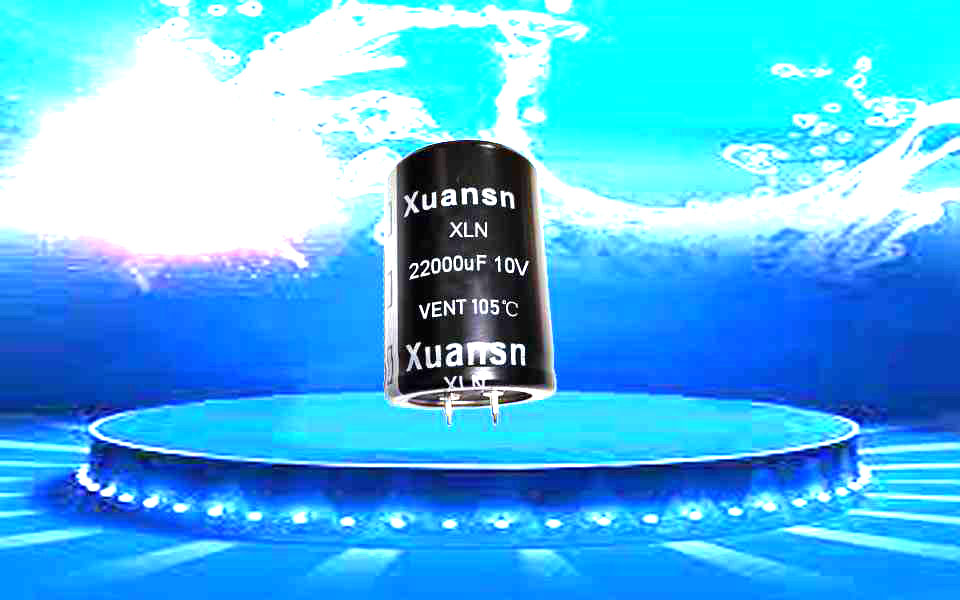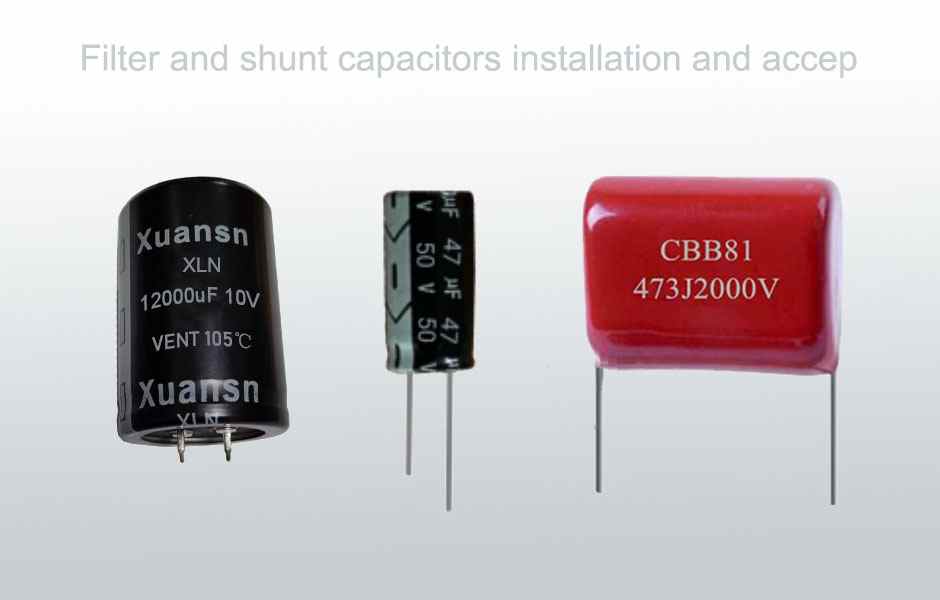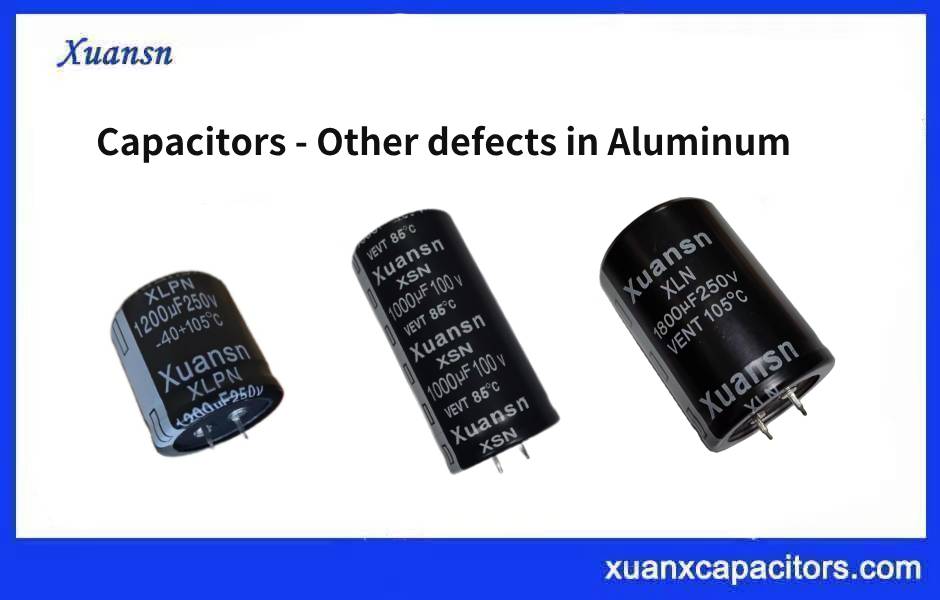1. What is a solid capacitor?
The full name of the solid capacitor is the solid aluminum electrolytic capacitor. It is the highest-end capacitor except the tantalum capacitor. It uses a highly conductive molecular material, while the ordinary electrolytic capacitor uses an electrolyte.
2. What is the role of solid capacitors?
It can be said that the capacitor is the key to ensuring the quality of the motherboard and the graphics card, and it can also be said to be the focus of measuring the workmanship of the board. Whether it is a popular solid capacitor or an electrolytic capacitor scolded by many netizens, their role is the same. The role of capacitors in the motherboard and graphics card is mainly to ensure the stability of voltage and current (playing a filtering role).
The main function of the capacitor is to further filter some current spikes and clutter, so as to ensure the stability of the power supply of each part. The function of the capacitor is similar to that of a reservoir. It will release water when the water flow is large, and will store water when the water flow is small, so as to ensure the balance of the water storage in the reservoir.
3. How to distinguish solid capacitors?
Solid capacitors use different dielectrics. They use polymer materials instead of electrolytes. In fact, they are easy to distinguish from their appearance. However, there are some special cases. Generally speaking, electrolytic capacitors use plastic wraps to wrap capacitors, while solid capacitors are Wrapped in an aluminum shell, there are of course some individual examples. For example, the famous Sanyo OSCON solid capacitor uses a purple plastic wrapper.
At present, some aluminum shell capacitors that appear on low-end motherboards and graphics cards also use electrolytes, but they are wrapped in aluminum shells, which makes people mistaken for solid capacitors. Here we need to see if there is a cross or K on the capacitor. The explosion-proof pattern of the word. If there is an explosion proof pattern, it should not be a solid capacitor.
Four, the advantages of solid capacitors
1. Eliminate the phenomenon of explosion. The electrolyte of the electrolytic capacitor is a liquid electrolyte, and the liquid particles are very active at high temperature, which generates pressure on the inside of the capacitor, and its boiling point is not very high, so it may occur slushing. The solid capacitor uses a polymer dielectric, solid particles in At high temperatures, whether the particles are swollen or less active than the liquid electrolyte, its boiling point is as high as 350 degrees Celsius, so it is almost impossible to burst the possibility.
Second, solid capacitors have better performance in terms of equivalent series impedance than traditional electrolytic capacitors. According to tests, the equivalent series resistance of solid capacitors is extremely small during high-frequency operation, and the conductivity frequency is extremely good. It has the characteristics of lowering electrical impedance and lower heat output. It is most obvious between 100KHz and 10MHz. The traditional electrolytic capacitors are more easily affected by the temperature and humidity of the use environment, and are slightly inferior in high and low temperature stability. Even at 55 degrees Celsius to 105 degrees Celsius, the ESR electrical impedance of solid capacitors can reach 0.1 to 0.3 ohms, but electrolytic capacitors will change due to temperature.
